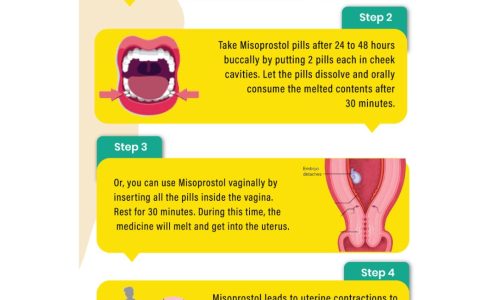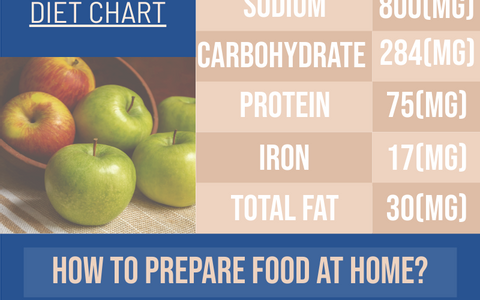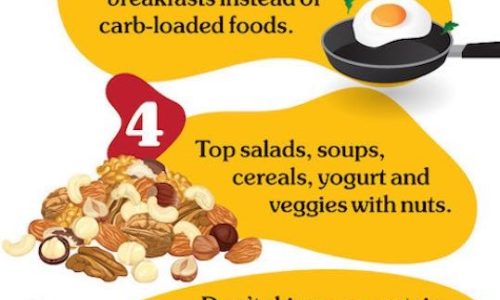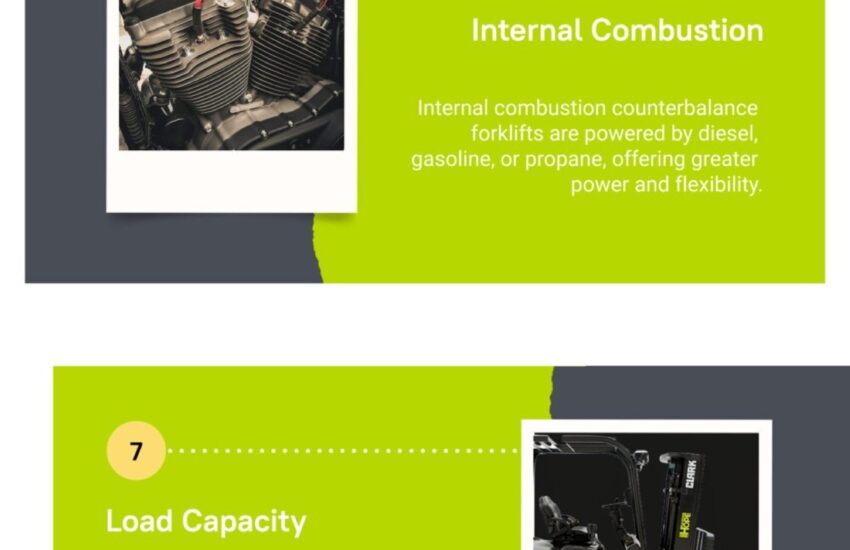Metal fabrication is the process of turning raw metals into pre-made shapes for assembly use. For example, the panels that comprise the frame of an automobile are made through custom metal fabrication processes, which are usually performed at a fabrication facility and then sent to an auto assembly plant. However, the processes involved are complex and varied
Metal Fabrication Processes:
- Cutting: The most commonly used metal fabrication processes involve cutting, where sheets of metal are split into halves, thirds or smaller sections. In a lot of applications, the metal bFolding:- One of the moving cut is freshly made, and has yet to be shaped into anything in particular.
- Welding: Welding is one of the most popular metal fabrication processes among crafts enthusiasts. The process of welding involves the joining of two separate metal parts. The parts used in a welding application could be sheets, panels, bars or shapes — as long as the parts are made of metal, it really doesn’t matter. are meant to be joined. A lot of metalworkers first pursue the area of metal fabrication with welding projects in mind.
- Machining: When a machine is used to remove portions from a piece of metal, the process is known as machining. Typically, the process is performed on a lathe, which will rotate the metal against tools that trim corners and edges to cut the piece down to a desired shape or measurement.
- Punching: When holes are formed in a piece of metal, the process involved consists of punching, where metal is placed under a die and submitted to a punch-through by a drill. Punching falls into one of two subcategories based on the intention of a given application.
Applications:
Many everyday items are manufactured using the metal fabrication process, such as:
Blinds, Cans, Handles, Heaters, Locks, Keys, Latches, Pots, Silverware, Fans,Chairs, Hinges,
Lamps, Faucets, Appliances, Tools, Sinks, Fasteners.

For more information, please contact us:
NEA Hydraulic Machine Shop,Jonesboro AR
![]()










